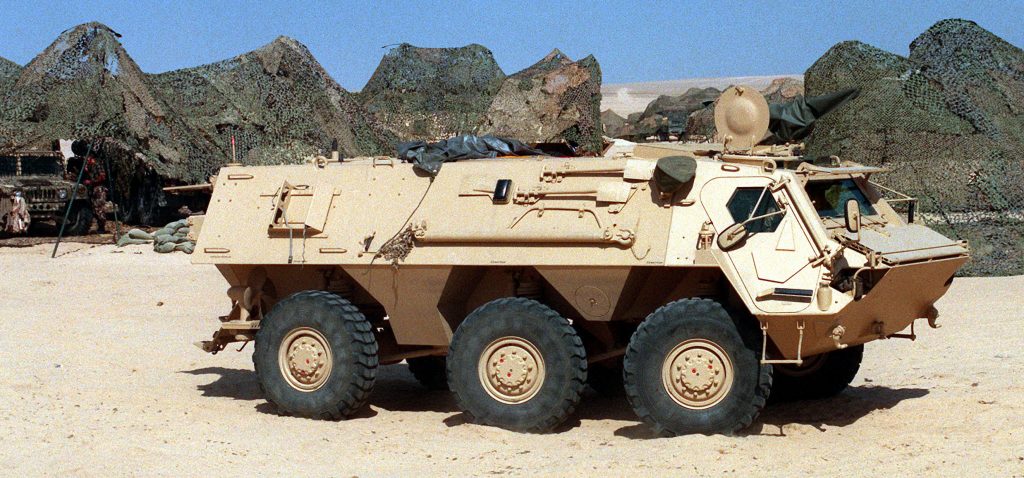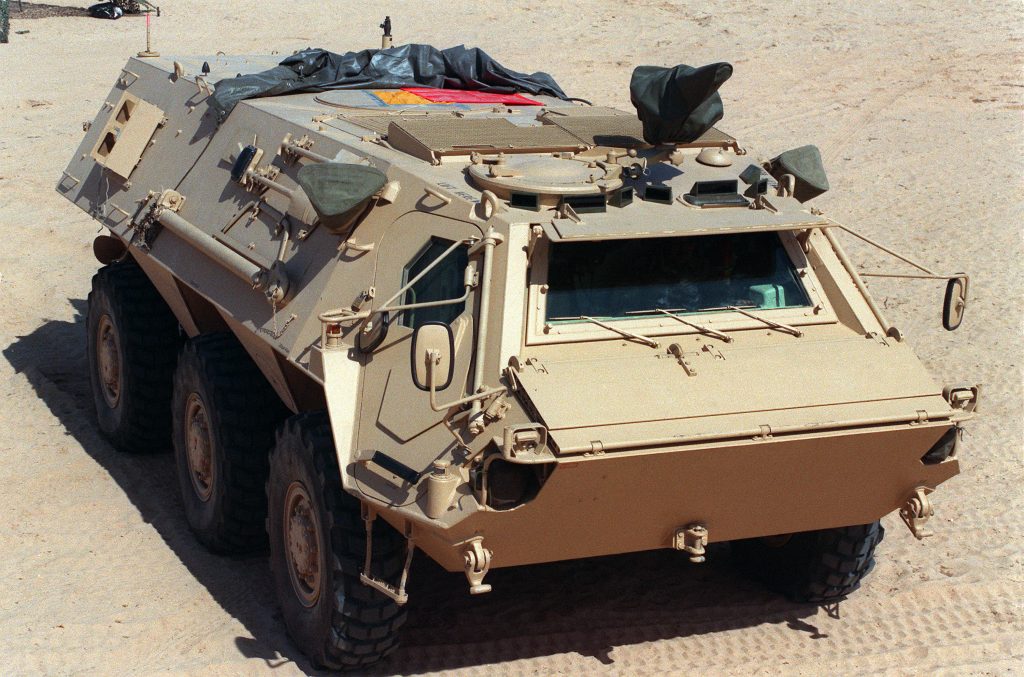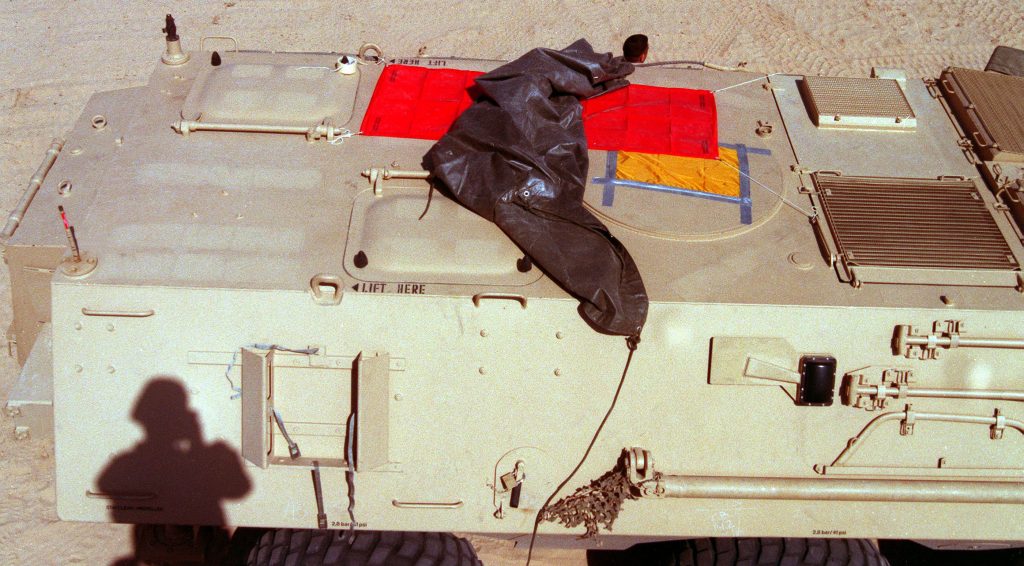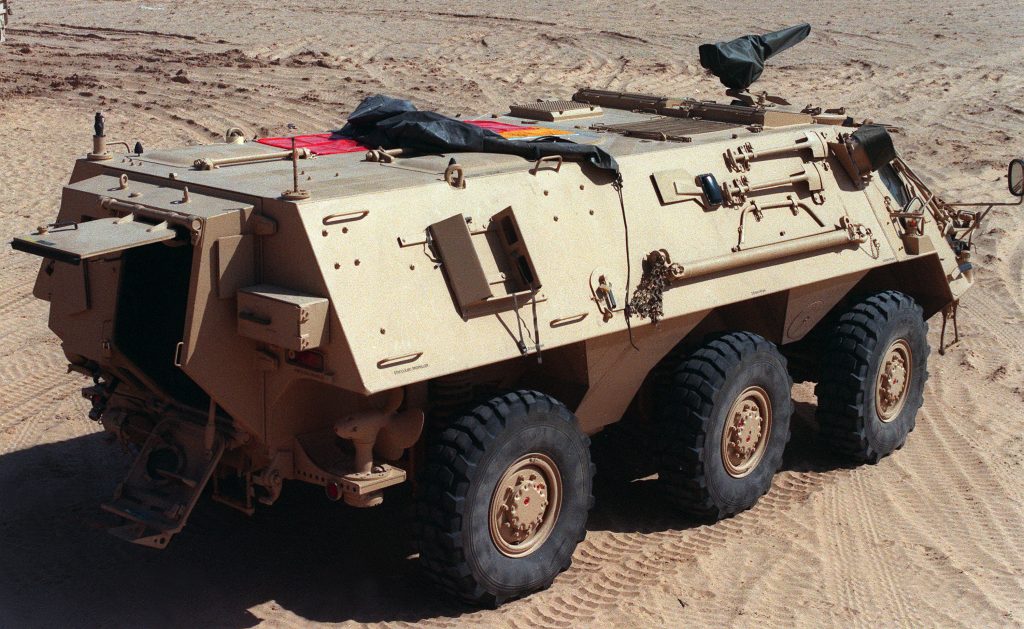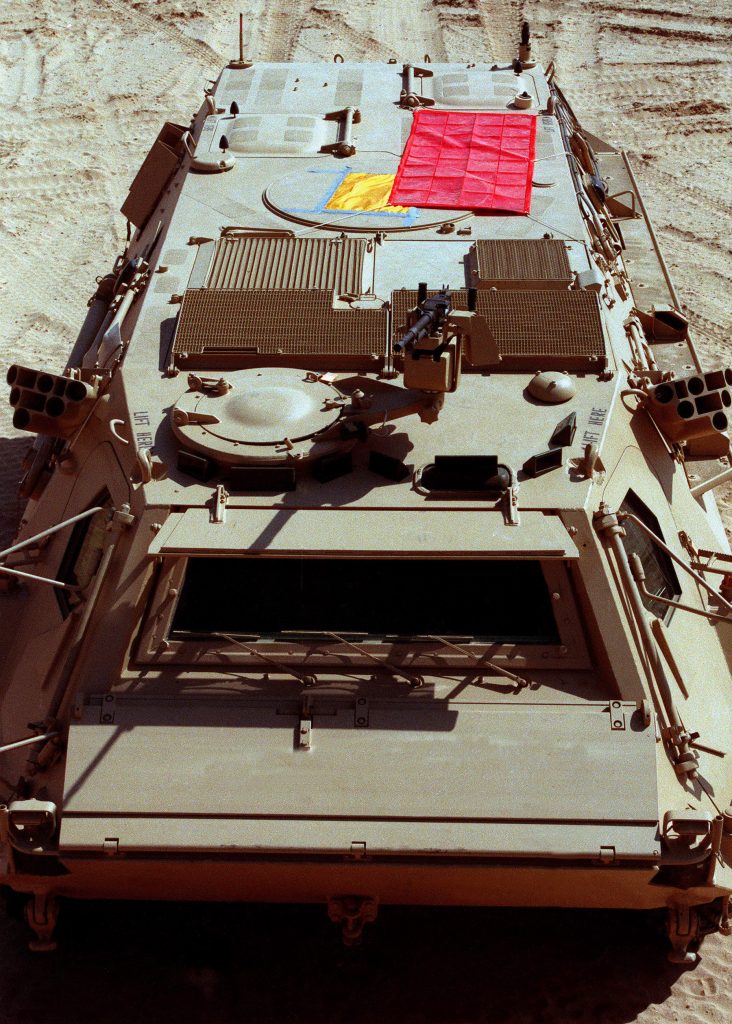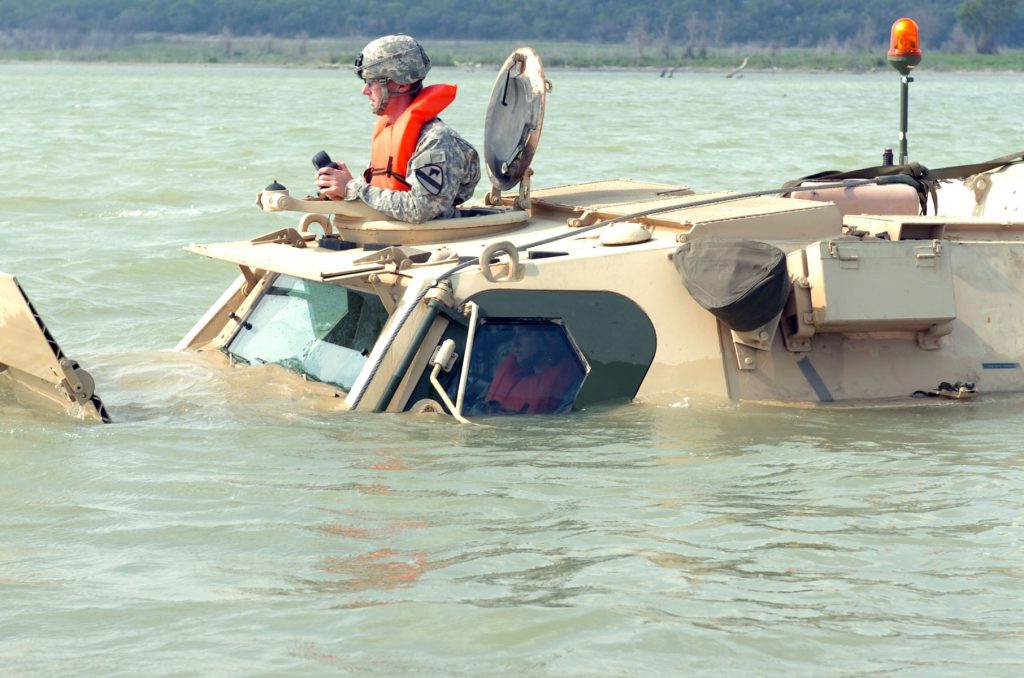Desert Storm: 17JAN1991-28FEB1991
During the last Cold War battle, against Iraq in 1991, the U.S. Army deployed its experimental XM93 Fox Nuclear-Biological-Chemical (NBC, today is called CBRNE) reconnaissance system. It was assigned to a U.S. Marine Corps division. The U.S. Marine Corps publication Liberating Kuwait says, on page 172, “During the breaching process, one of the division’s XM93 Fox chemical reconnaissance vehicles reported a possible chemical weapon, and all of the Marines in the two divisions went to the highest mission-oriented protective posture.”
NCB=Nuclear Biological Chemical
The XM93 is based on the then West German Transportpanzer Fuchs-1 (Fox 1).
CBRNE=Chemical, Biological, Radiological, Nuclear and Explosive
The XM93 went through more testing as it was found that the NBC capabilities were not satisfactory. Finally, in 1995 the XM93 was accepted as the M93A1 (aka Block 1 improved), despite still falling short of U.S. Army standards. The U.S. military did not buy new Foxes for the M93A1 designation, they simply upgraded their more than 120 XM93s (some of which were acquired secretly/without Congressional knowledge during Desert Storm). The latest upgrade (order placed in August 2007 to upgrade 18 vehicles at a cost of $56.5-million) is known as the M93A1P1. It has been used by both the U.S. Army and Marine Corps, but eventually will be replaced by the Stryker NBCRV (Nuclear, Biological and Chemical Reconnaissance Vehicle).
U.S. Army soldiers with Headquarters and Headquarters Company, 1st Brigade Special Troops Battalion, 1st Brigade Combat Team, 1st Cavalry Division sail their amphibious M93 across Blora Lake, Texas, 31JUL2008.
Desert Storm: 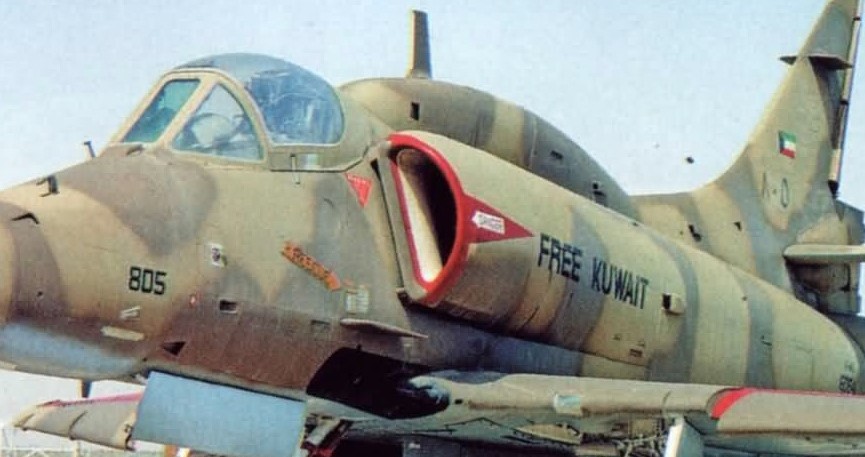 KUWAITI القوات الجوية الكويتية A-4KU SKYHAWK
KUWAITI القوات الجوية الكويتية A-4KU SKYHAWK

